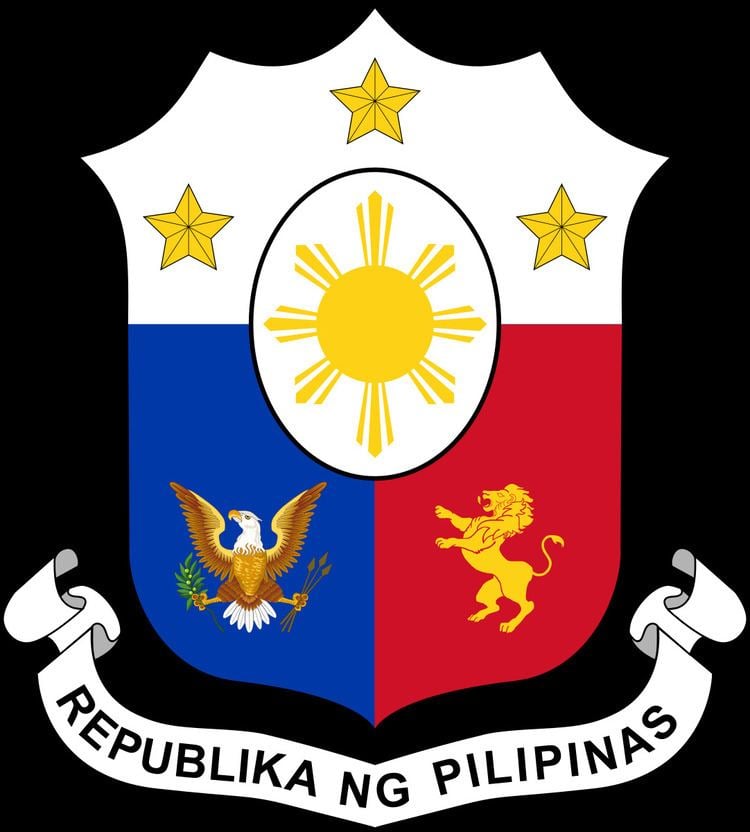Citation Republic Act No. 386 Date enacted June 18, 1949 | Date signed June 18, 1949 | |
 | ||
Enacted by Code Commission with the advice and consent of the Philippine Legislature | ||
The Civil Code of the Philippines is the product of the codification of private law in the Philippines. It is the general law that governs family and property relations in the Philippines. It was enacted in 1950, and remains in force to date despite some significant amendments.
Contents
History
The Philippine Civil Code is strongly influenced by the Spanish Código Civil, which was first enforced in 1889 within the Philippines, then a colony of the Spanish Empire. The Código Civil remained in effect even throughout the American Occupation, however by 1940 the Commonwealth Government of President Manuel Luis Quezon formed a Commission tasked with drafting a new Civil Code. The Commission was initially headed by Chief Justice Ramón Avanceña, but its work was interrupted by the Japanese invasion and the Second World War, while its records were destroyed during the Battle of Manila in 1945.
In 1947, President Manuel Roxas of the Third Republic created a new Code Commission, this time headed by the former Dean of the University of the Philippines College of Law, Jorge Bocobo. Among the members of this new Commission were future Supreme Court Associate Justice Francisco R. Capistrano, and future Vice-President Arturo Tolentino. The Code Commission completed the final draft of the new Civil Code by December 1947, and this was submitted to Congress, which enacted it into law through Republic Act No. 386. The Civil Code took effect in 1950.
Due to its wide coverage and impact, the Civil Code is the subject of much study and extensive commentary. Several legal luminaries developed reputations as experts on the Civil Code and consequently enhanced their reputations in the field of Philippine law. These include Tolentino, who himself had helped draft it, Supreme Court Associate Justices J. B. L. Reyes, Flérida Ruth P. Romero, José Vitug, and Edgardo Paras.
Features
The Civil Code is divided into four “books”, with each specific book namely:
The influence of the Spanish Civil Code is most evident in the books on property, succession and obligations and contracts. The law on succession, for example, retains such concepts indigenous to Spain such as the rule on legitimes and reserva troncal. On the other hand, many of the provisions on special contracts, particularly on sales, are derived from common law as practised in the United States, reflecting the influence of American colonial rule and the influx of commercial relations involving Americans at the time.
The great mass of disputes between private persons over civil and property relations are resolved by applying the provisions of the Civil Code. With over 2,000 specific provisions, the Civil Code attempts to anticipate all possible questions arising from civil and property relations and prescribe a definitive solution for these problems. Understandably, the Civil Code itself is unable to provide a definite answer for all emerging problems; thus the courts also rely on precedent based on interpretations by the Supreme Court. This the Civil Code itself notably recognises in saying that "[j]udicial decisions applying or interpreting the laws or the Constitution shall form a part of the legal system of the Philippines" (Article 8, Civil Code), a recognition of the eminent role now played by precedents in Philippine law.
The Family Code of 1987
In 1987, President Corazón Cojuangco Aquino enacted into law The Family Code of 1987, which was intended to supplant Book I of the Civil Code concerning persons and family relations. Work on the Family Code had begun as early as 1979, and it had been drafted by two successive committees, the first chaired by future Supreme Court Justice Romero, and the second chaired by former Supreme Court Justice Reyes. The Civil Code needed amendment via the Family Code in order to alter certain provisions derived from foreign sources which had proven unsuitable to Filipino culture and to attune it to contemporary developments and trends.
The Family Code covers fields of significant public interest, especially the laws on marriage. The definition and requisites for marriage, along with the grounds for annulment, are found in the Family Code, as is the law on conjugal property relations, rules on establishing filiation, and the governing provisions on support, parental authority, and adoption.
